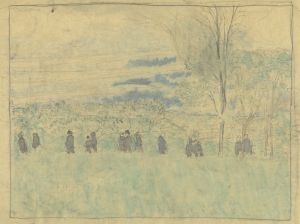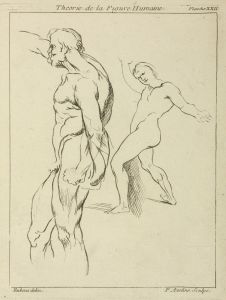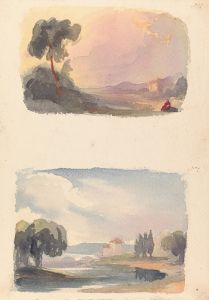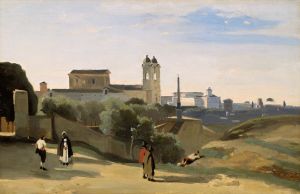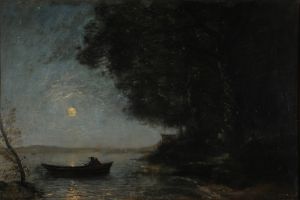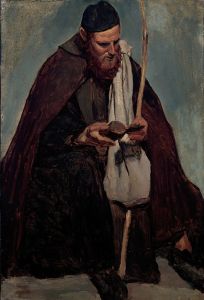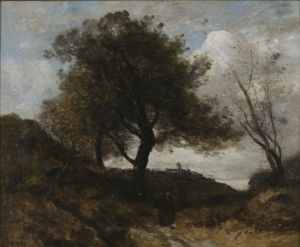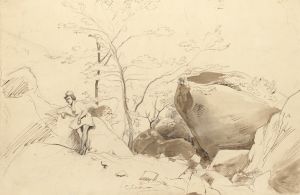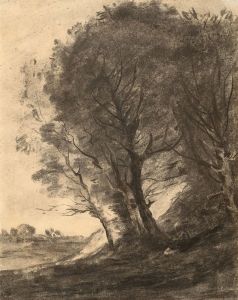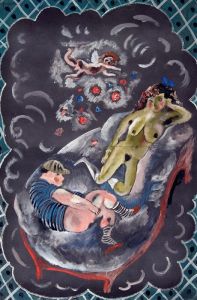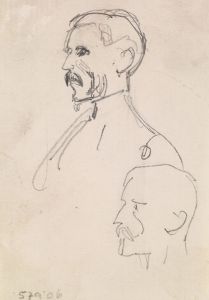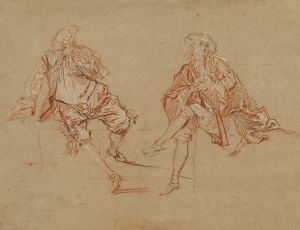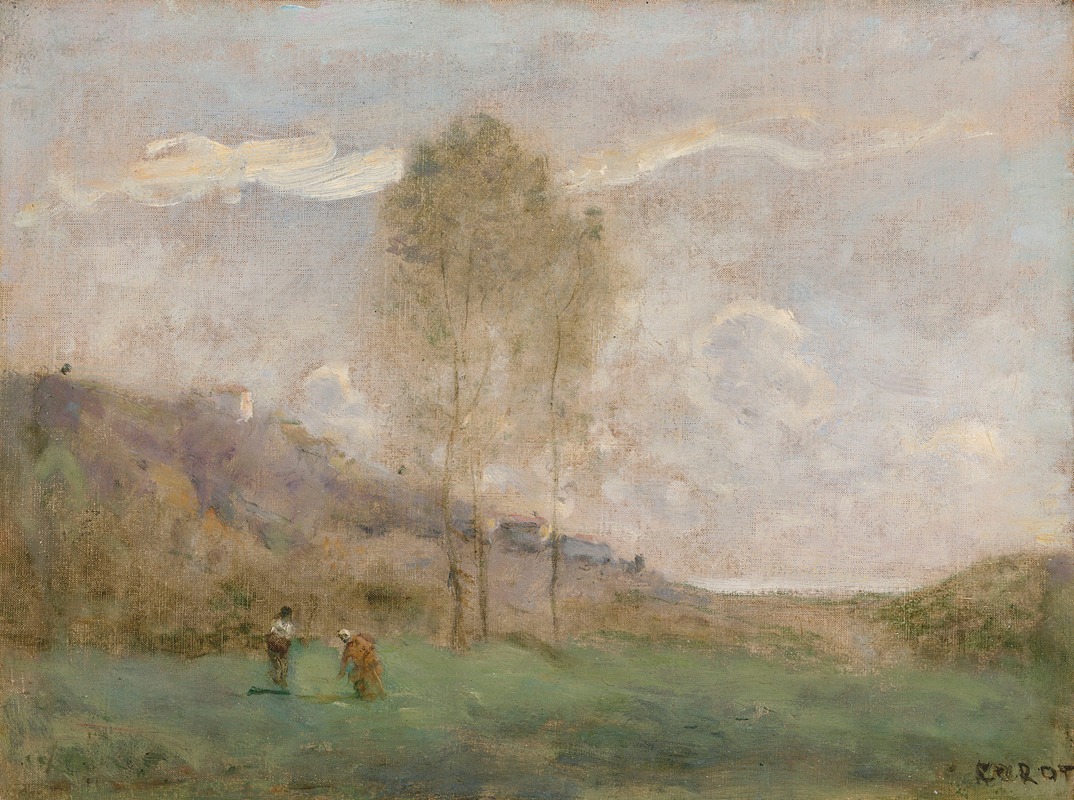
Paysage D’automne Près D’une Côte, Avec Deux Personnages
A hand-painted replica of Jean-Baptiste-Camille Corot’s masterpiece Paysage D’automne Près D’une Côte, Avec Deux Personnages, meticulously crafted by professional artists to capture the true essence of the original. Each piece is created with museum-quality canvas and rare mineral pigments, carefully painted by experienced artists with delicate brushstrokes and rich, layered colors to perfectly recreate the texture of the original artwork. Unlike machine-printed reproductions, this hand-painted version brings the painting to life, infused with the artist’s emotions and skill in every stroke. Whether for personal collection or home decoration, it instantly elevates the artistic atmosphere of any space.
Jean-Baptiste-Camille Corot was a pivotal figure in landscape painting and a key precursor to the Impressionist movement. His work, "Paysage D’automne Près D’une Côte, Avec Deux Personnages," exemplifies his mastery in capturing the subtle nuances of light and atmosphere. Corot's landscapes often reflect a harmonious blend of realism and idealism, and this painting is no exception.
Born in Paris in 1796, Corot was initially expected to follow in his father's footsteps as a cloth merchant. However, he pursued his passion for art, studying under Achille-Etna Michallon and later Jean-Victor Bertin, both of whom were proponents of the neoclassical tradition. Corot's early works were influenced by these teachings, but he gradually developed his own style, characterized by a softer, more atmospheric approach to landscape painting.
"Paysage D’automne Près D’une Côte, Avec Deux Personnages" is a testament to Corot's mature style, where he skillfully balances detailed observation with a poetic sensibility. The painting depicts an autumnal scene near a coast, with two figures integrated into the landscape. Corot's use of color is particularly noteworthy; he employs a muted palette that captures the essence of the season, with earthy browns, soft greens, and gentle hints of gold and orange. This restrained use of color enhances the tranquil mood of the scene.
The composition of the painting is carefully structured, guiding the viewer's eye through the landscape. The two figures, though small in scale, are strategically placed to add a sense of depth and human presence without dominating the scene. Corot often included figures in his landscapes, not as focal points, but as elements that contribute to the overall harmony and balance of the composition.
Corot's technique involved the use of thin layers of paint, allowing him to achieve a delicate interplay of light and shadow. This method is evident in "Paysage D’automne Près D’une Côte, Avec Deux Personnages," where the light seems to gently filter through the trees, creating a serene and contemplative atmosphere. His brushwork is both precise and fluid, capturing the ephemeral qualities of nature.
Throughout his career, Corot traveled extensively, drawing inspiration from the diverse landscapes of France and Italy. His work was highly regarded by his contemporaries, and he exhibited regularly at the Paris Salon. Despite his success, Corot remained modest and dedicated to his craft, often assisting younger artists and sharing his knowledge with them.
"Paysage D’automne Près D’une Côte, Avec Deux Personnages" reflects Corot's enduring legacy as a master of landscape painting. His ability to convey the beauty and tranquility of nature continues to resonate with viewers, and his influence can be seen in the works of later artists, particularly the Impressionists, who admired his innovative approach to capturing light and atmosphere.
In summary, Jean-Baptiste-Camille Corot's "Paysage D’automne Près D’une Côte, Avec Deux Personnages" is a quintessential example of his artistic vision. Through his nuanced use of color, composition, and technique, Corot creates a landscape that is both realistic and imbued with a sense of poetic tranquility. His work remains a significant contribution to the history of art, bridging the gap between the neoclassical tradition and the emerging modernist movements of the late 19th century.






